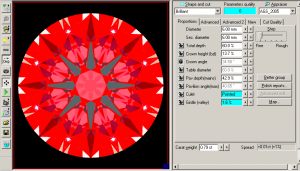- Joined
- Jan 18, 2010
- Messages
- 1,624
Everyone, once again, please stick to the topic.
This discussion is not about 60/60 diamonds vs. the world.
It is about the internet and creativity in diamond cutting not about personal agendas.
If this veers off topic again it will be closed.
This discussion is not about 60/60 diamonds vs. the world.
It is about the internet and creativity in diamond cutting not about personal agendas.
If this veers off topic again it will be closed.






300x240.png)